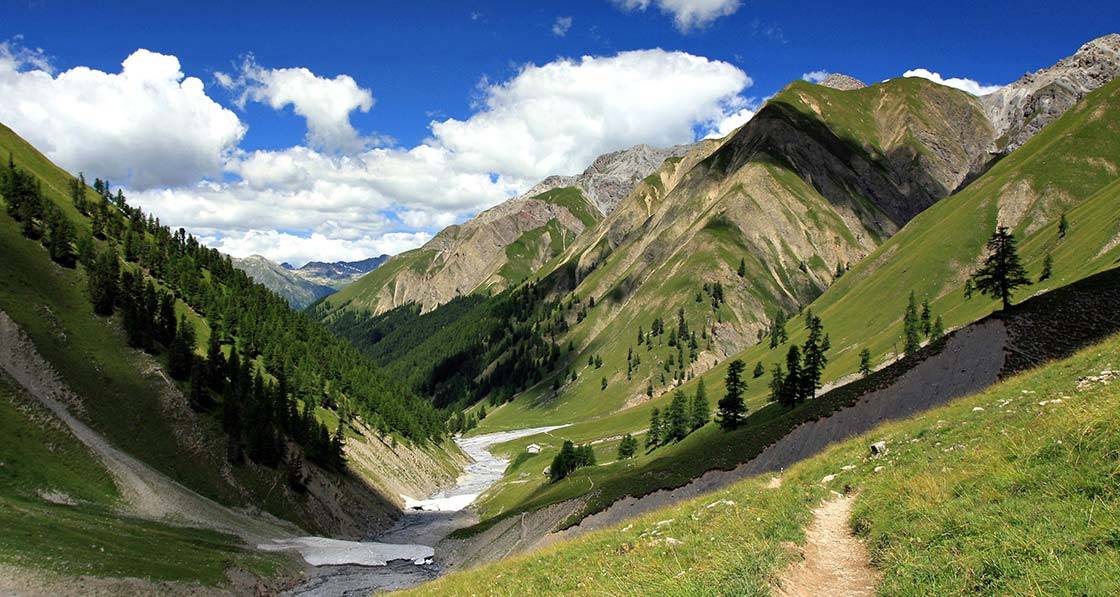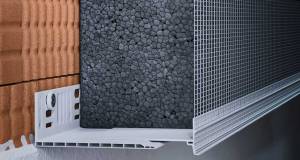
- Marketplace
- Posted
Understanding enthalpy heat exchanges for MVHR
Leading ventilation supplier CVC Direct has advised anyone specifying an MVHR (mechanical ventilation with heat recovery) system to understand the basics of relative humidity and consider their own local climate before choosing a system with an enthalpy heat exchanger.
This article was originally published in issue 28 of Passive House Plus magazine. Want immediate access to all back issues and exclusive extra content? Click here to subscribe for as little as €10, or click here to receive the next issue free of charge
“Our Brink Flair 325 MVHR unit comes with an optional enthalpy heat exchanger, and at CVC Direct we often get asked whether an enthalpy heat exchanger is needed,” says Nicholas Vaisey of CVC Direct.
“We also often get asked whether the air in a passive house is dry as a result of the ventilation. The answer is yes, the air is drier in a passive house with MVHR, in comparison to one with poor ventilation. This however is generally regarded as a good thing – excess moisture can lead to the growth of mould, and provides a good environment for bacteria, cockroaches and dust mites. It can also harm the health of the occupants and cause damage to the structure of the building and furniture.”
Vaisey points out that on the other hand, if the relative humidity internally is too low, it can lead to dry skin, itchy eyes, and a dry nose and throat, creating a very uncomfortable environment for the occupants. It is suggested that the ideal level of relative humidity in a home is between 40% and 60%.
The major sources of moisture inside the home are the occupants, cooking, showering and plants. When an MVHR system without an enthalpy heat exchanger is used, that moisture is lost to the outside — all that is transferred to the incoming air is heat. These systems also remove moisture from incoming air.
However, the Flair 325 comes with an optional enthalpy heat exchanger. This works by allowing water vapour from the extracted internal air to transfer to the incoming air, raising the relative humidity.
The quantity of moisture that is transferred depends on the relative humidity of the indoor and outdoor air and may run to about 60%. This is particularly useful with cold, dry alpine environments, with low levels of relative humidity. The enthalpy heat exchanger also recovers both thermal and latent energy from the extracted internal air, energy which would ordinarily have been lost to the atmosphere.
“The average relative humidity in the UK is between lows of 70% and highs of 90% which is considered high, suggesting humidity recovery is not that big an issue in the UK,” Vaisey says.








